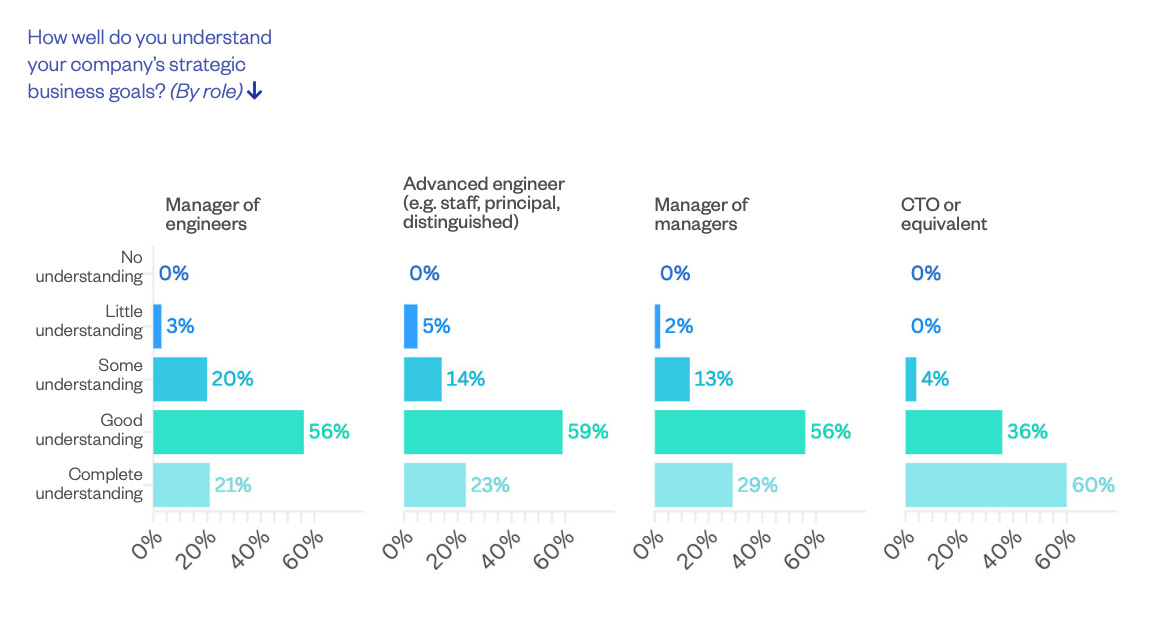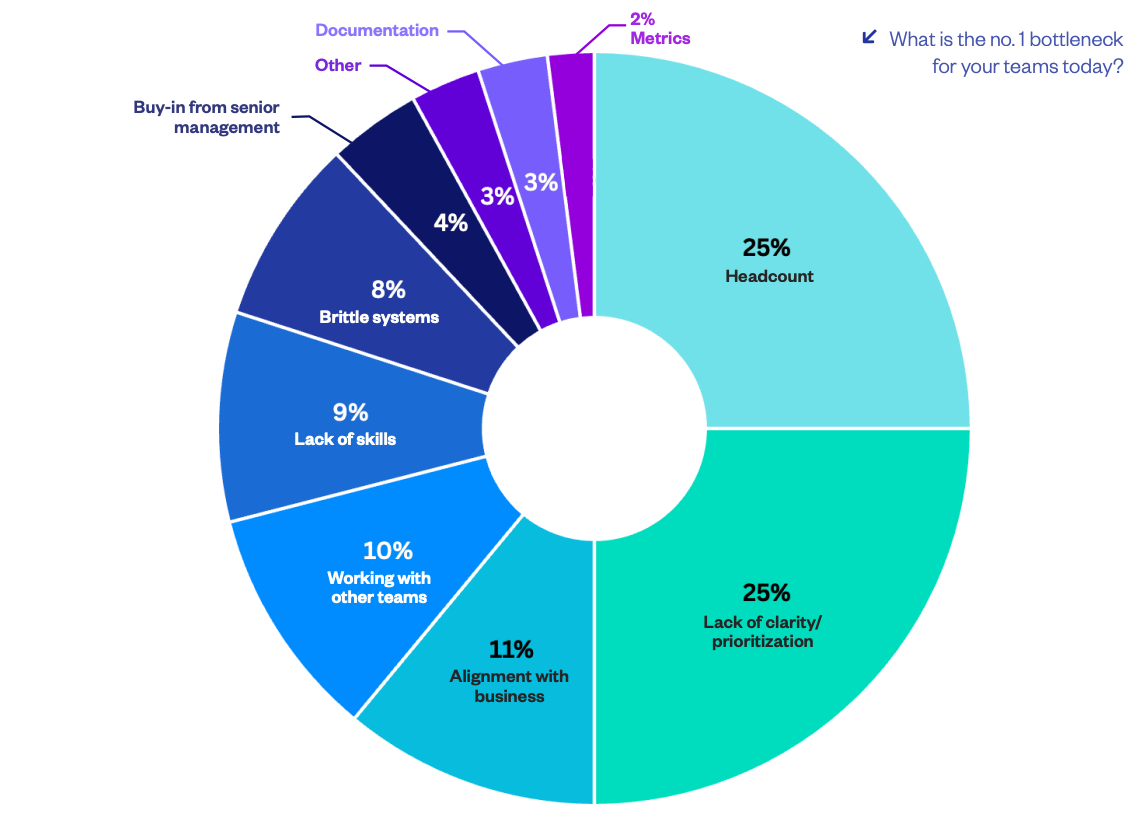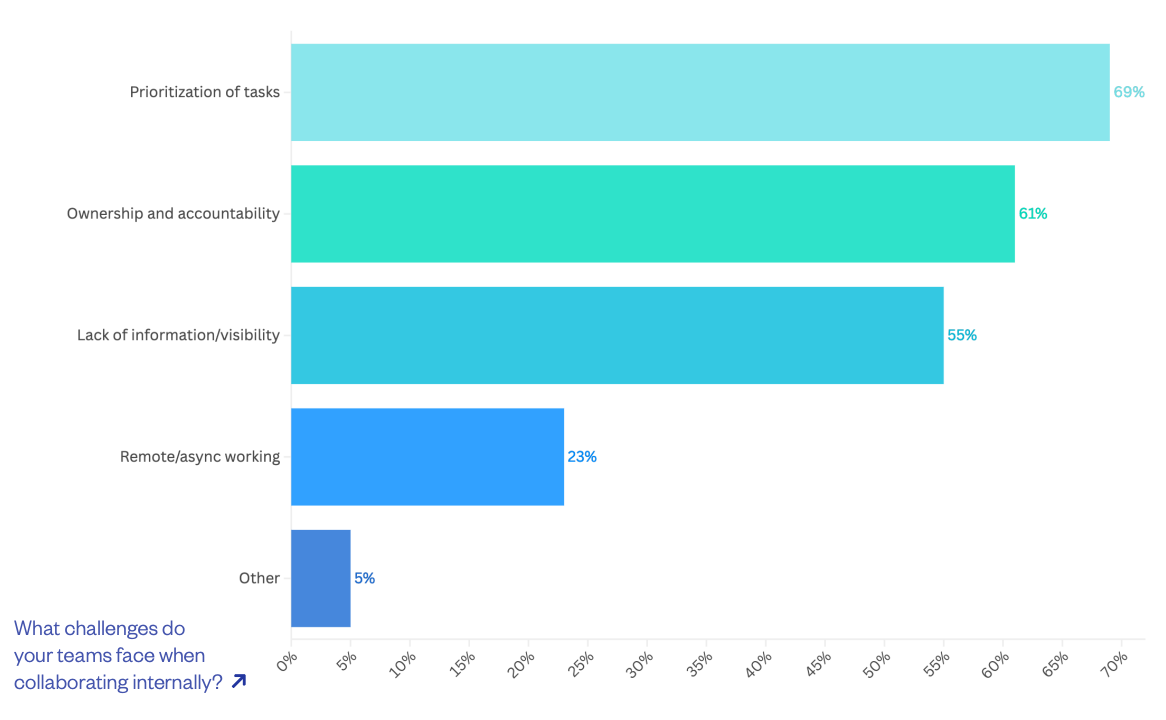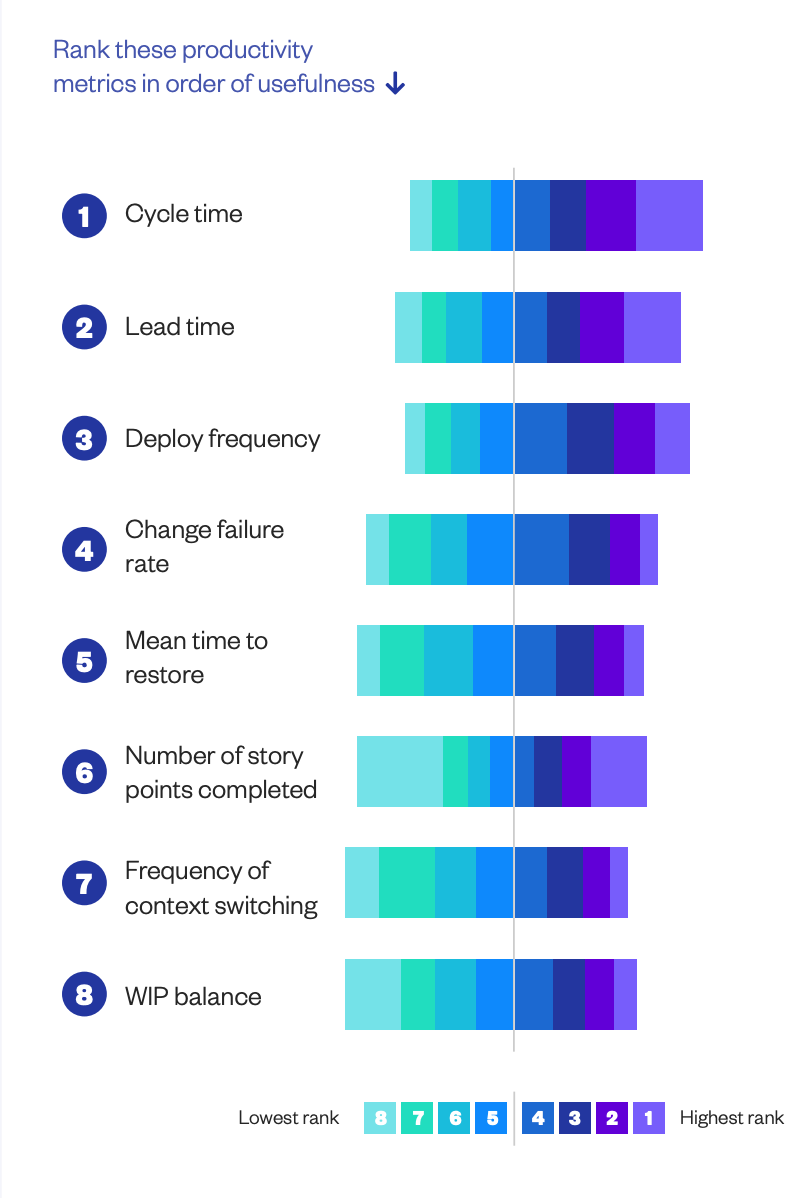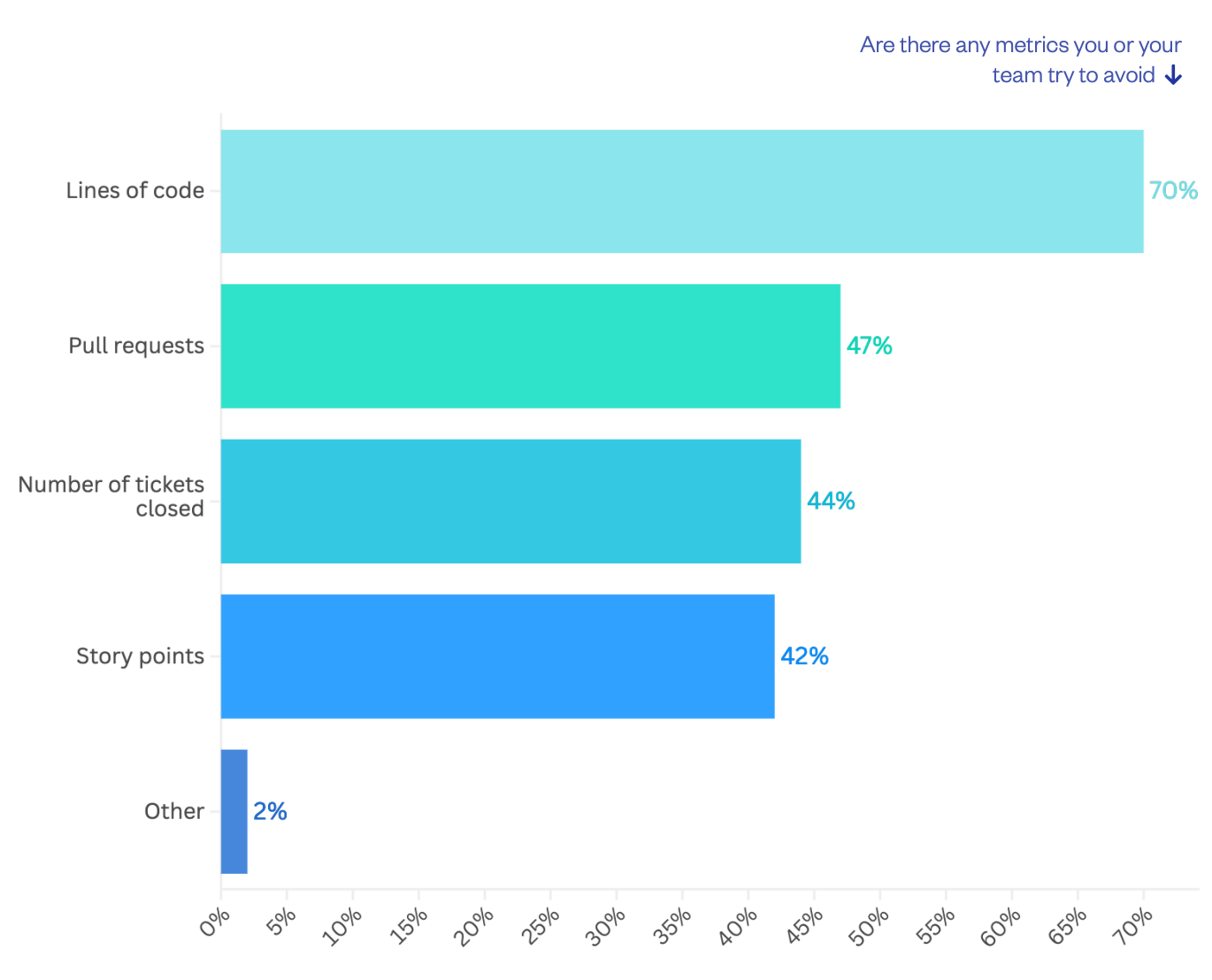RDEL #74: Top findings from the Engineering Team Performance Report
O'Reilly and LeadDev surveyed 1,000 engineering leaders to understand the top challenges and opportunities in software team performance.
Welcome back to Research-Driven Engineering Leadership. Each week, we pose an interesting topic in engineering leadership and apply the latest research in the field to drive to an answer.
Happy 2025! While we were enjoying the holidays, LeadDev and O’Reilly published a massive study on engineering team performance. This week, we dig into the 2024 engineering team performance report to discover how engineering teams understand and improve team performance.
The context
Engineering teams are at the heart of building great products, but figuring out how to measure and improve their performance can feel like solving a puzzle with missing pieces. What makes a team productive? How do you balance speed with quality? Is the team aligned on big business goals? These are questions leaders wrestle with every day.
This lack of consensus leads to challenges aligning team metrics with broader business goals while balancing the cognitive load of interpreting these measurements. As organizations face increasing pressures—from tighter budgets to rapid innovation demands—understanding and optimizing engineering performance has never been more critical. Research, like the 2024 DORA report, shows that high-performing teams deliver software faster, with higher quality, and at lower operational costs—key advantages in today’s competitive landscape.
The research
LeadDev and O’Reilly teamed up on Team Performance Report by surveying 978 engineering leaders from October 18 to November 3 (2024) across diverse roles, company sizes, and regions. The study explored how organizations measure engineering performance, identify bottlenecks, set goals, and prioritize learning and development to uncover trends and best practices. Below are our top four findings from the data.
Organizations struggle to communicate business goals across the organization.
While CTOs have a more complete understanding of their business goals, the message loses clarity down the reporting chain. While 60% of CTOs have a “complete understanding” of business goals, only 21% of managers of engineers do.
The top bottlenecks for engineering teams today are lack of clarity/prioritization and headcount.
With continued pressure to stay lean, organizations need to be more ruthless than ever before to work on what matters and “do more with less”. When asked what the top bottleneck was, the #1 answer was lack of clarity/prioritization (alongside headcount). When asked to rate the top challenge of internal collaboration, prioritization also was the top answer (69%).
Frameworks are increasing in popularity, with a related rise in qualitative metrics.
Both the SPACE and DORA framework have grown in popularity in 2024 as engineering leaders look for comprehensive ways to understand productivity. The most common strategies for uncovering qualitative metrics were 1:1s, continuous feedback, and developer surveys. (Note: in numerous recent studies, researchers have shown that developer surveys are the best way to get consistent data over time).
When measuring productivity, cycle time is most valued while lines of code is most avoided.
When asked why certain metrics should be avoided, respondents noted that they were easily gamed and valued output over outcomes.
The application
The 2024 Team Performance Report sheds an important light on the increased need to build more productive engineering teams, and the challenges to getting it right. Engineering leaders face struggle to communicate organizational goals, set meaningful metrics to understand effort, and ensure they drive desired outcomes rather than merely measuring output.
To put some of these findings into practice, consider the following ideas:
Make sure you are measuring what matters: Focus on high-impact metrics like cycle time or lead time, which directly reflect team productivity and efficiency. Conversely, avoid metrics that over-index on output over outcomes. When in doubt, use a framework like SPACE or DORA (or tools that handle data collection and analysis).
Complement quantitative metrics with qualitative feedback: DevEx data helps identify hidden challenges, such as collaboration or resource issues, that may hinder performance.
Align metrics with strategic goals: Ensure the metrics used are actionable and clearly communicated, helping teams connect their day-to-day work to broader organizational objectives and fostering a sense of purpose and alignment.
—
We hope this gives you some useful perspective as you kick off your ambitious years. Happy Research Tuesday!
Lizzie


